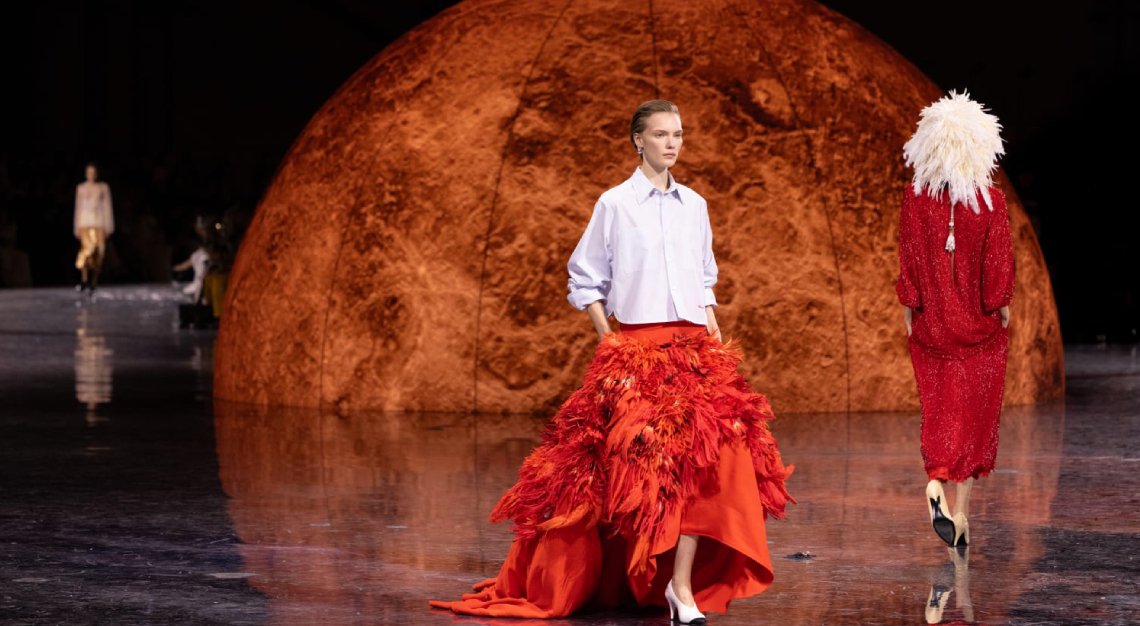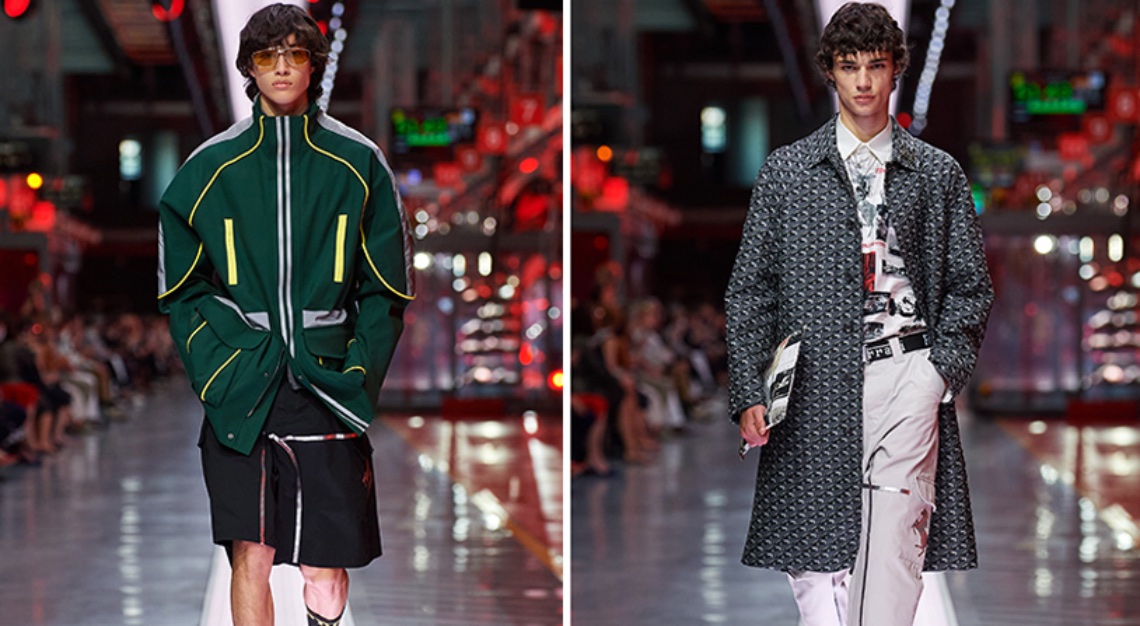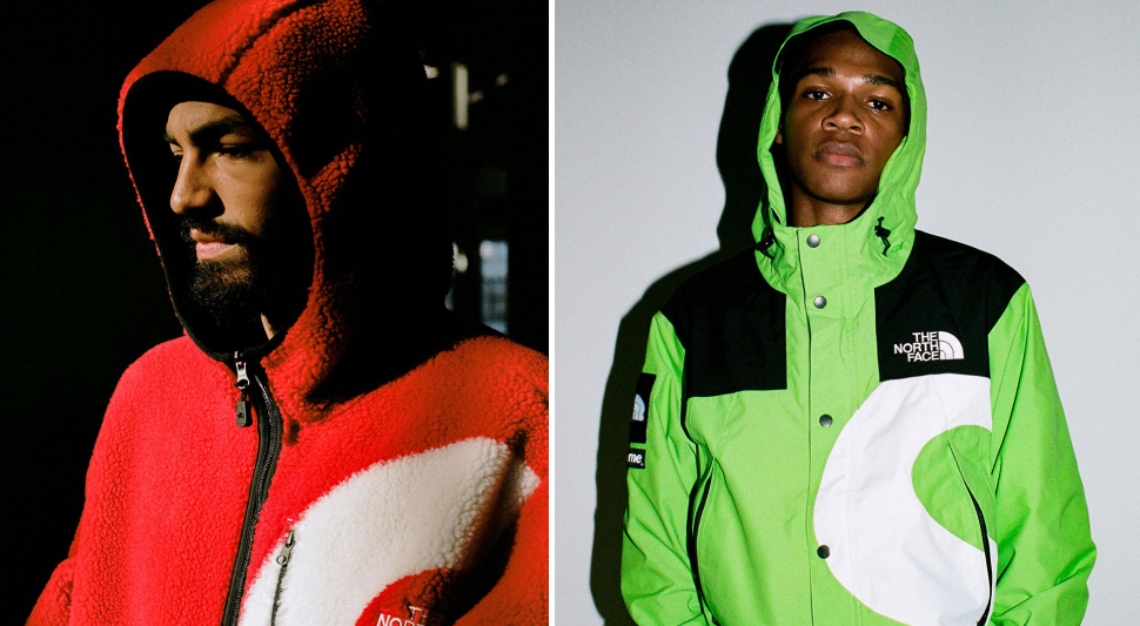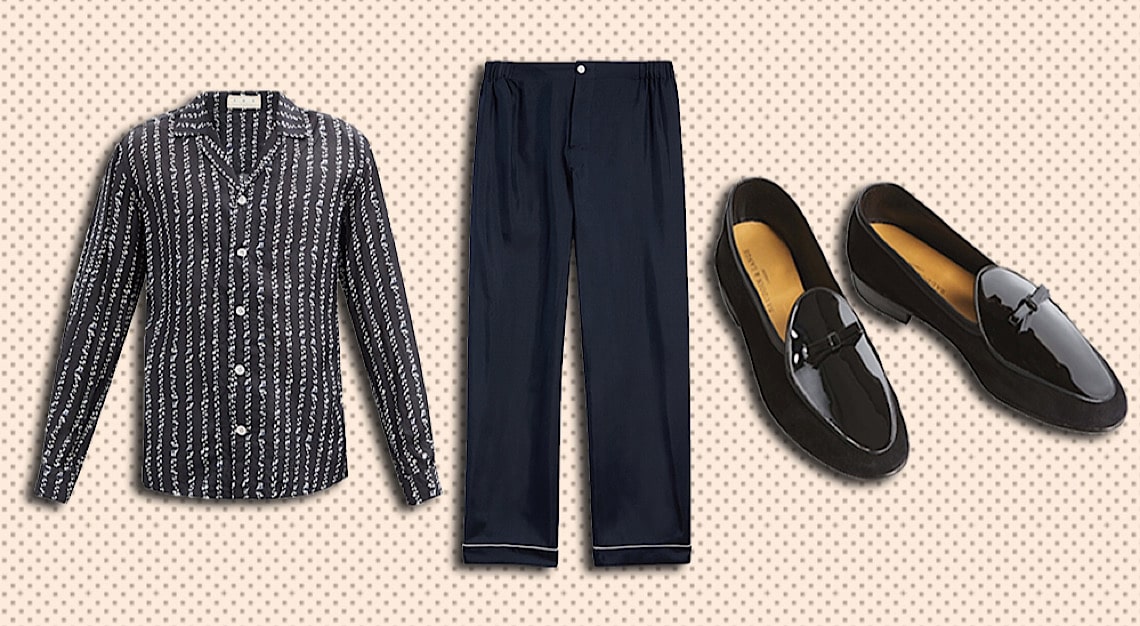The Chanel Spring/Summer 2026 collection unfolds as a conversation across time. Matthieu Blazy’s debut brings Coco’s rebellious spirit into the present, merging structure, sensuality, and freedom in a collection that redefines modern luxury
When Matthieu Blazy stepped into Chanel’s atelier, he inherited not only its tweeds, pearls, and iconic codes but also a legacy of audacity shaped by an illustrious line of creative directors.
For his first ready-to-wear show as the maison’s artistic director, Blazy looked directly to the source: Gabrielle Chanel herself. The Spring/Summer 2026 collection staged a dialogue between the founder and her modern successor. What emerged was a presentation that questioned tradition, honoured heritage, and rendered luxury less about display and more about life lived in motion.
The show unfolded beneath a canopy of floating orbs at the Grand Palais, the mirrored runway reflecting a celestial cosmos overhead. The set amplified rather than distracted–Chanel’s codes suspended like constellations, reimagined as universal symbols. It was theatrical yet intimate, echoing Blazy’s design philosophy: ambitious without arrogance, reverent without replication.
The Blazy era unfolds in three acts
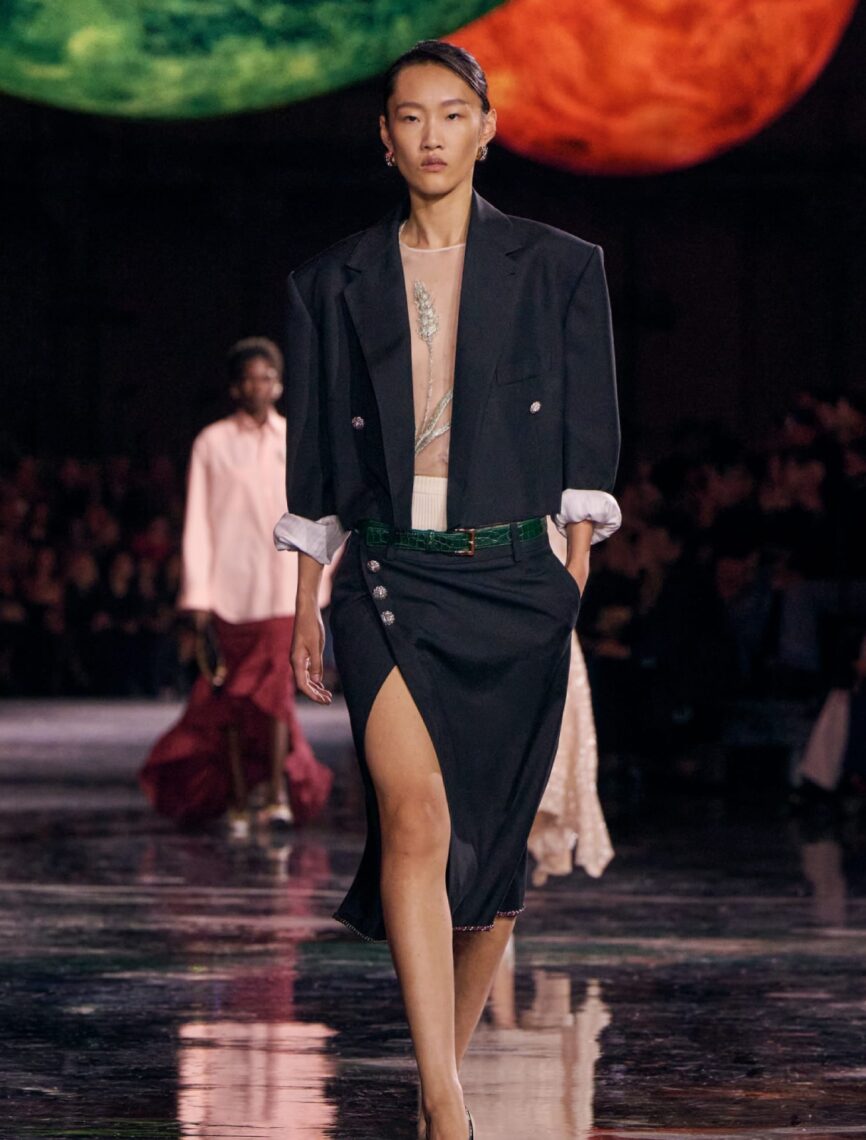
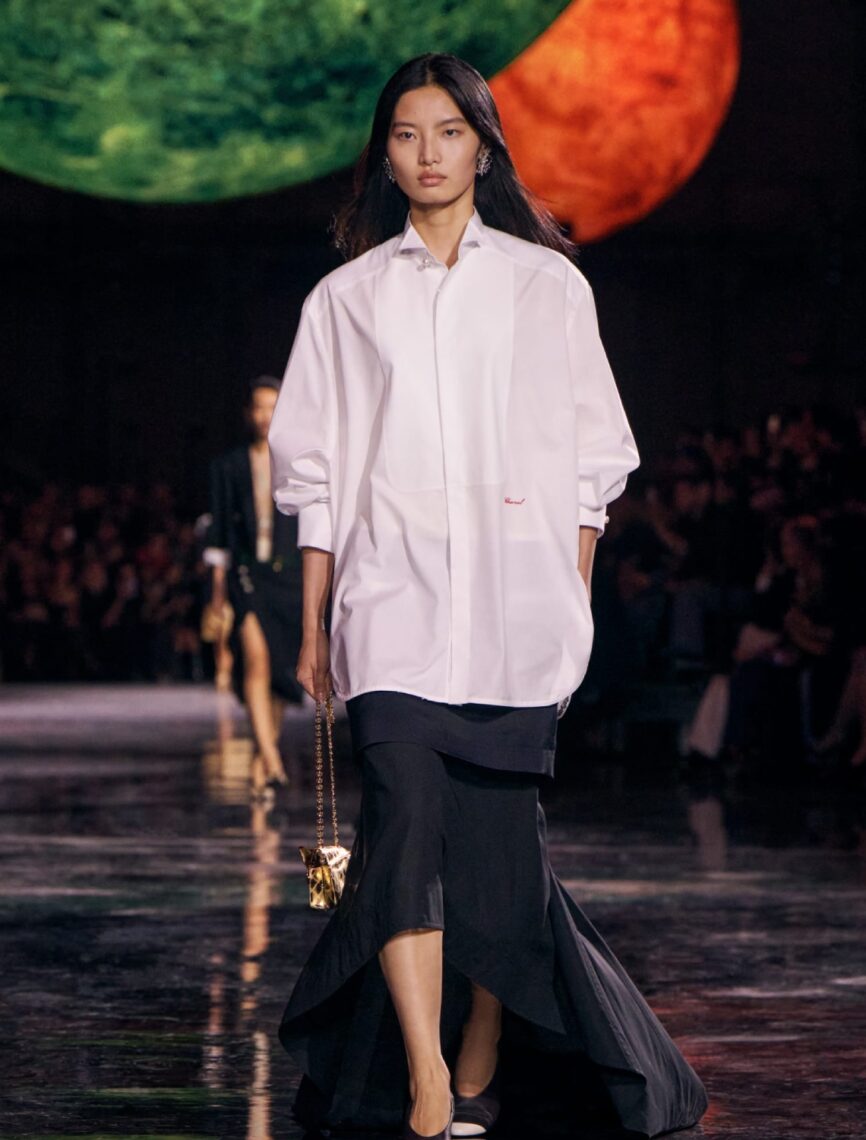
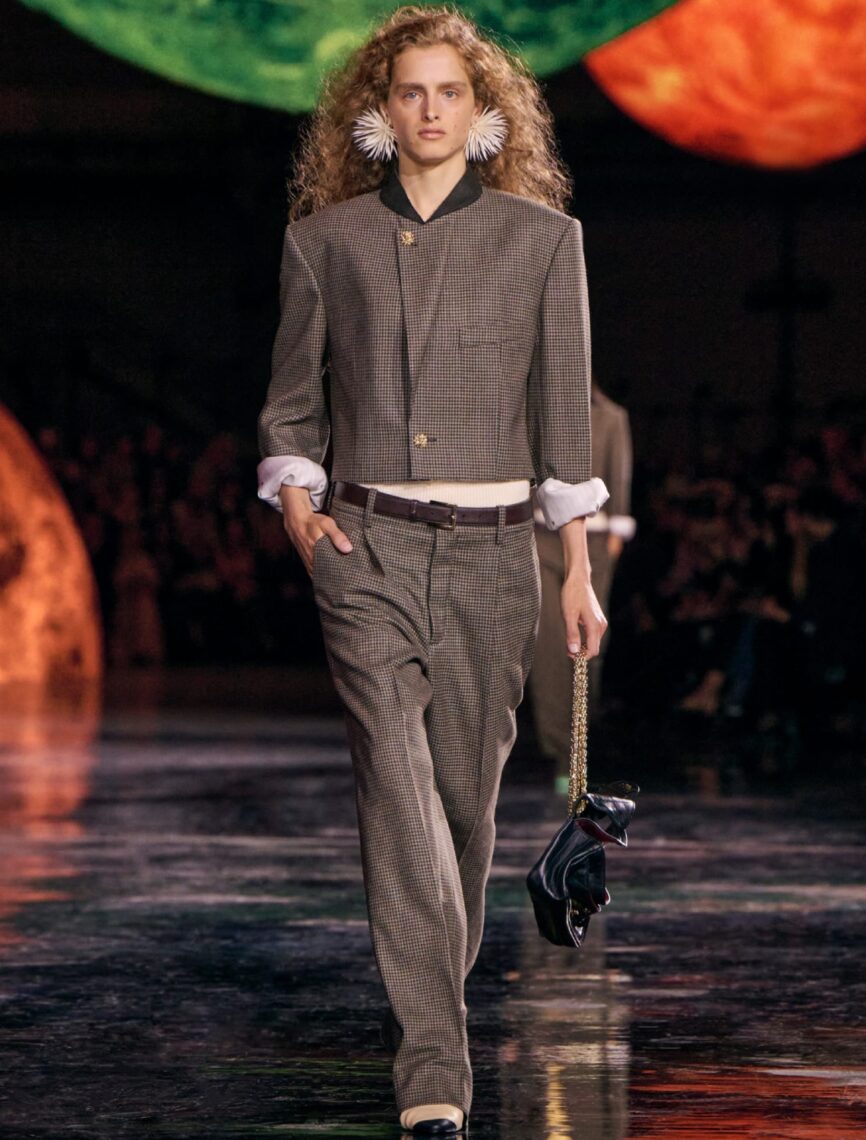
Un Paradoxe opened the conversation–a nod to Chanel’s early adoption of masculine dressing from Boy Capel, her most significant other. Charvet shirts, sharply tailored trousers, and raw-edged suit jackets were recut with a distinctly feminine intelligence. Tweed, the house hallmark, was rendered agile and pressed, its purpose redefined. Classic suiting cues–lapels, shoulders, structure–were softened through proportion, balancing strength with ease.
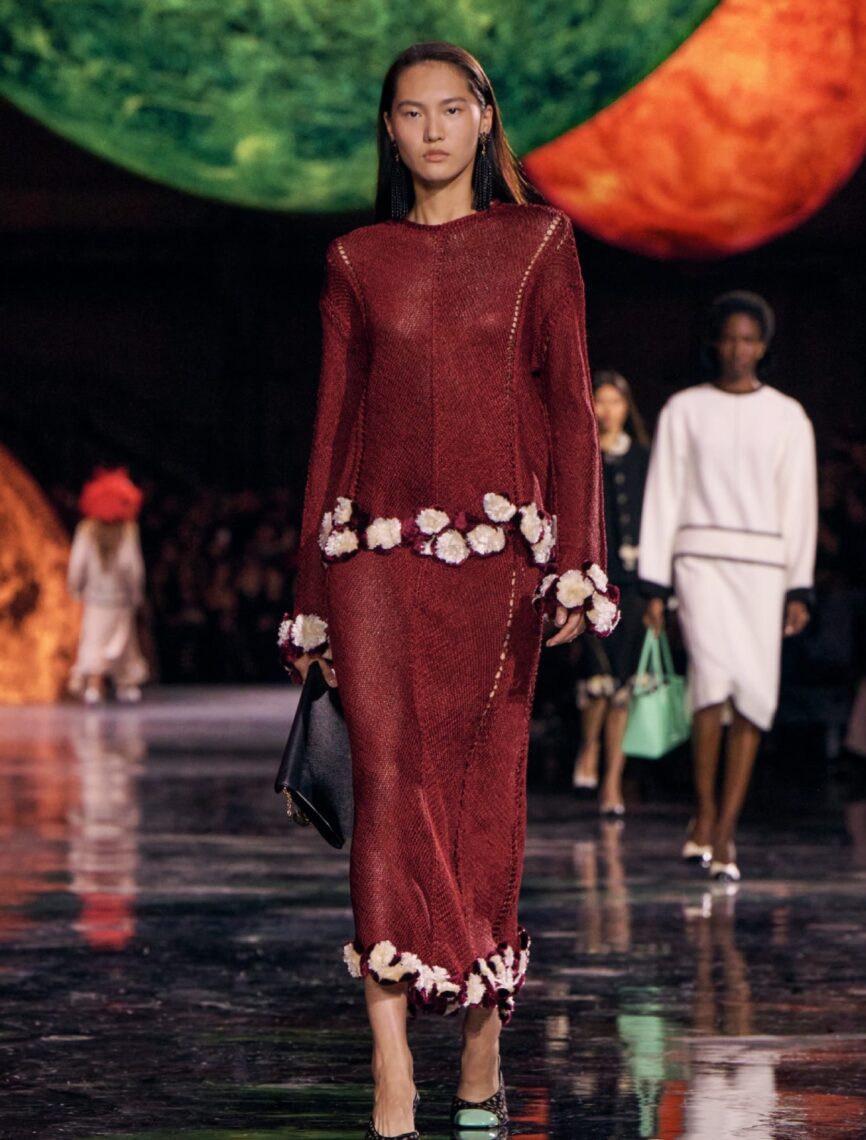
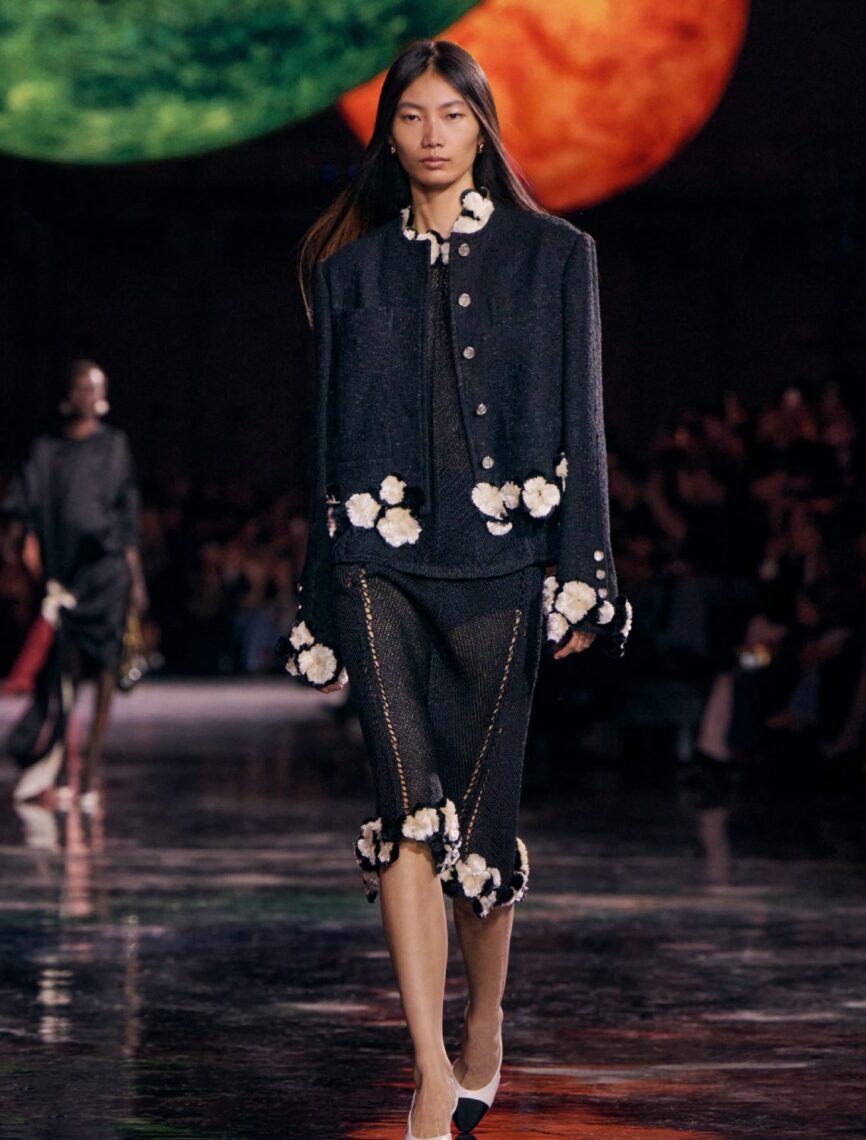
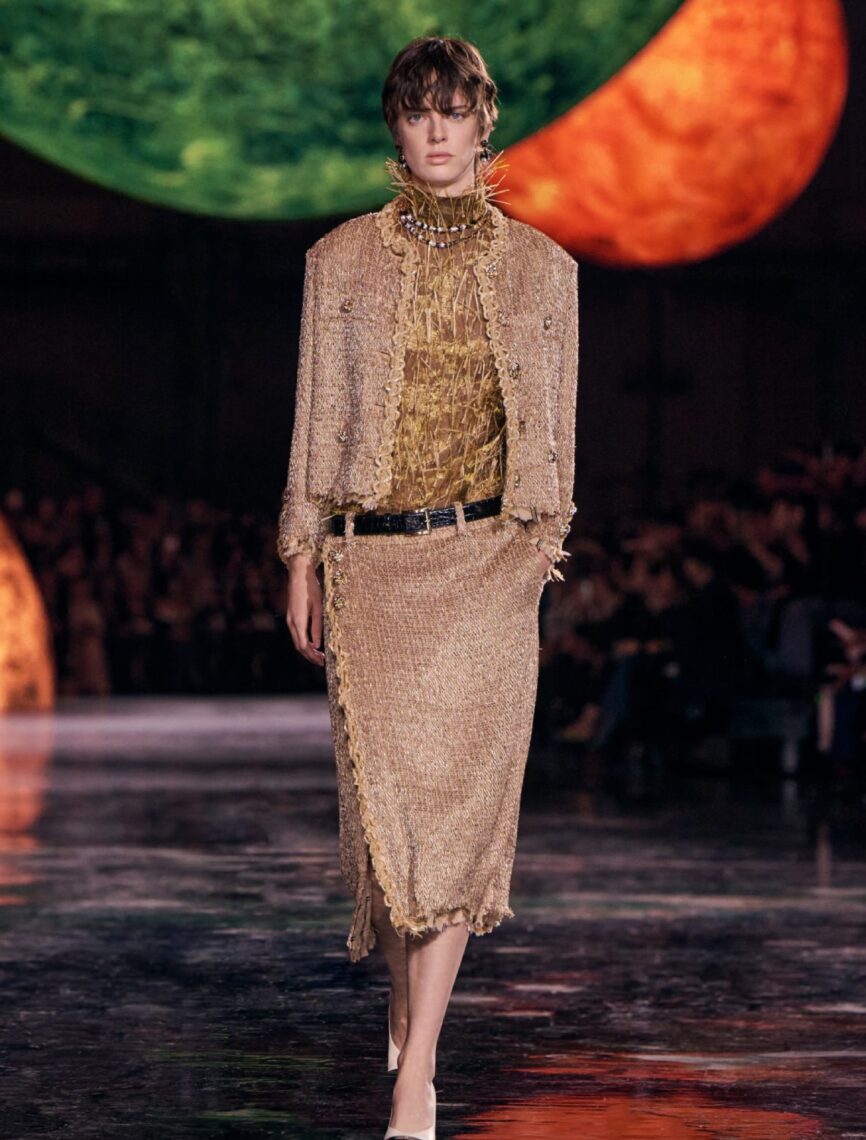
In Le Jour, the collection eased into Chanel’s lived-in elegance. Knits traced the body; silk prints were hand-painted; camellias appeared crushed rather than sculpted. The iconic 2.55 bag was shown “crashed” and “cherished,” its burgundy lining exposed. Clean black-and-white graphics and subtle Art Deco echoes drew from the house’s architecture, while frayed tweeds made the familiar feel distinctly new.
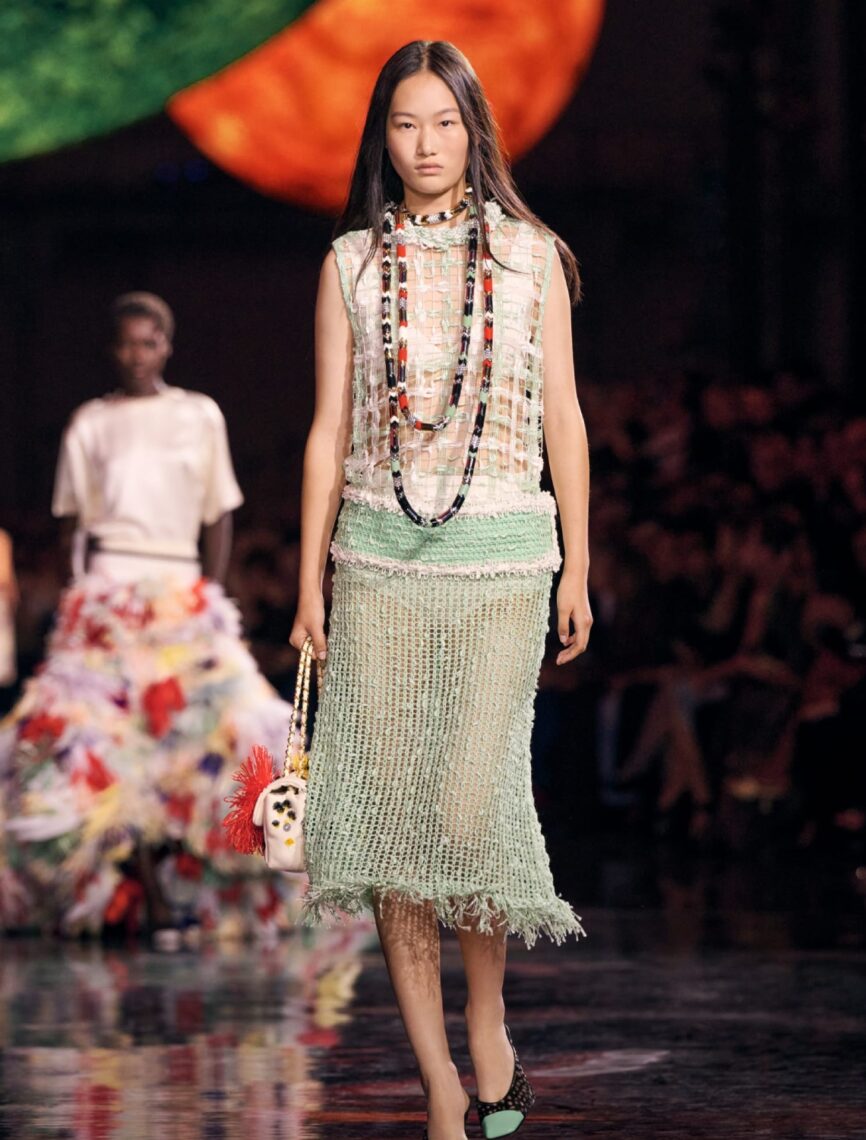
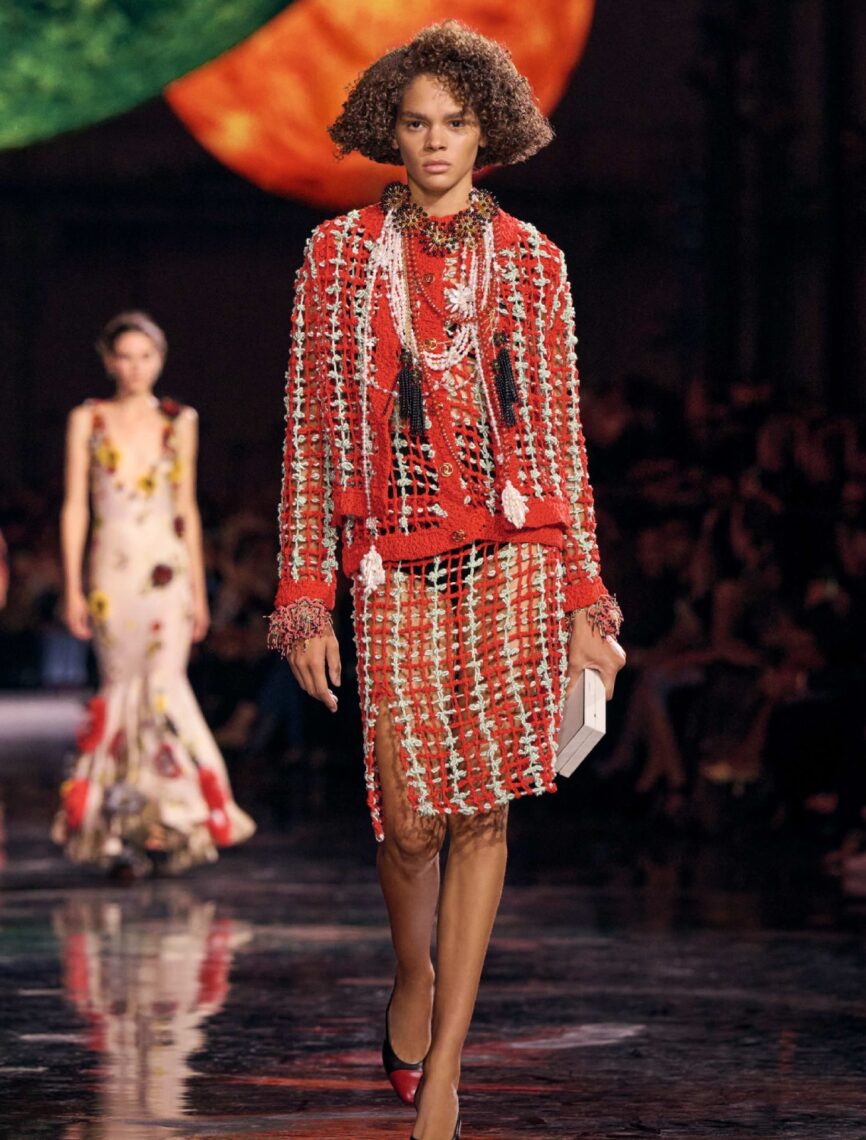
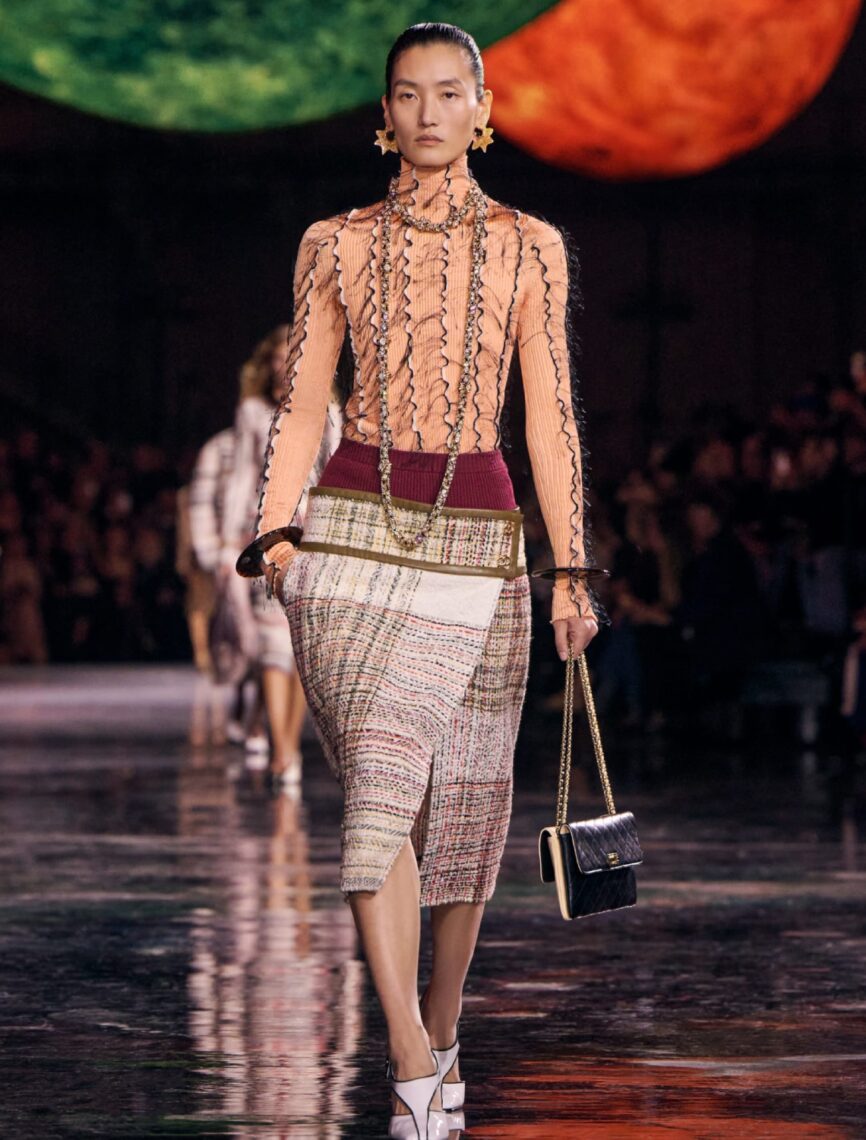
The final act, L’Universel, showcased Blazy’s fascination with material innovation. Tweeds gave way to hand-knotted knits and sheer constructions, lined with bold silks in contrasting tones. Jewellery became both adornment and narrative: baroque pearls, enamelled chains, and “glass planets” orbiting each look. Footwear revisited Chanel’s two-tone toe-cap, but grounded it in a more pragmatic, forward-looking stance. The mood: borderless, free, expansive.
In the end, Chanel Spring/Summer 2026 doesn’t simply reference Coco’s legacy–it converses with it. Every silhouette, fabric, and flourish speaks to the interplay of masculine and feminine, structure and softness, heritage and transformation. Blazy’s debut signals a house in motion. If heritage was Chanel’s anchor, Blazy has made freedom its sail.
